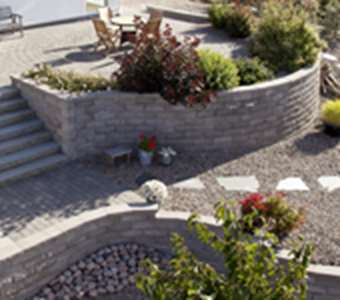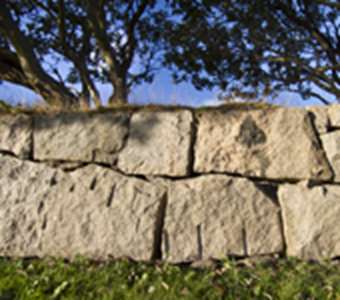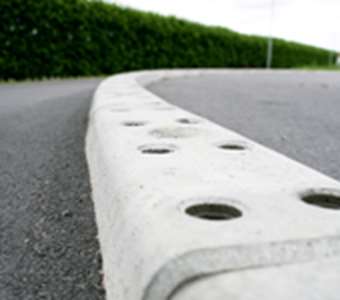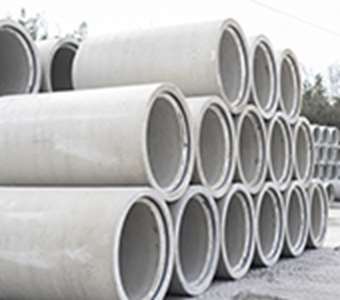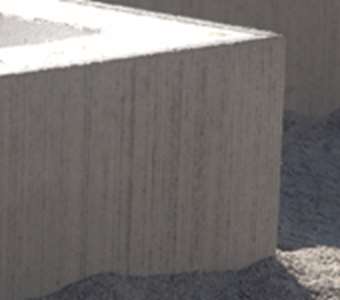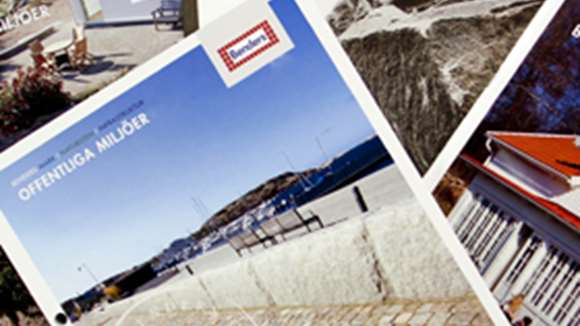Ongoing climate changes are creating challenges for societal development. Permeable stone paving promotes drainage. Consequently, it reduces the risks of flooding and of stormwater becoming contaminated. At the same time, it is a massive benefit for the environment.
Increased rainfall brought on by climate change has resulted in flooding becoming ever more common in our communities. Our present stormwater systems have reached the limits of how much they can handle. Thus, we have to start building communities differently.
See what happens when Bender Delta Drain is exposed to a torrent of water.
What are permeable paving stones?
Permeable stone paving provides a surface that allows water to seep through. It does not generate as much run-off as traditional paving. Quite simply, permeable paving stones have very good drainage properties.
Why do we need permeable paving stones?
Urban densification is: increasing surface water run-off; accelerating the loss of natural drainage areas and green spaces; and, intensifying the strains on stormwater systems. Continuing to use traditional construction methods while the climate is changing risks making the situation even worse. Because traditional constructions normally lose load-bearing capacity when wet, they have previously used materials that are as impermeable as possible. This has affected various types of vegetation negatively and made it very difficult for them to establish themselves.
Using permeable paving stones, it is possible to build an infrastructure that can cope with far greater volumes of precipitation than can today’s systems. This is because, rather than channelling into drains, permeable stone paving can both detain and store large volumes of stormwater in its structure. At the same time, it also removes contaminants.
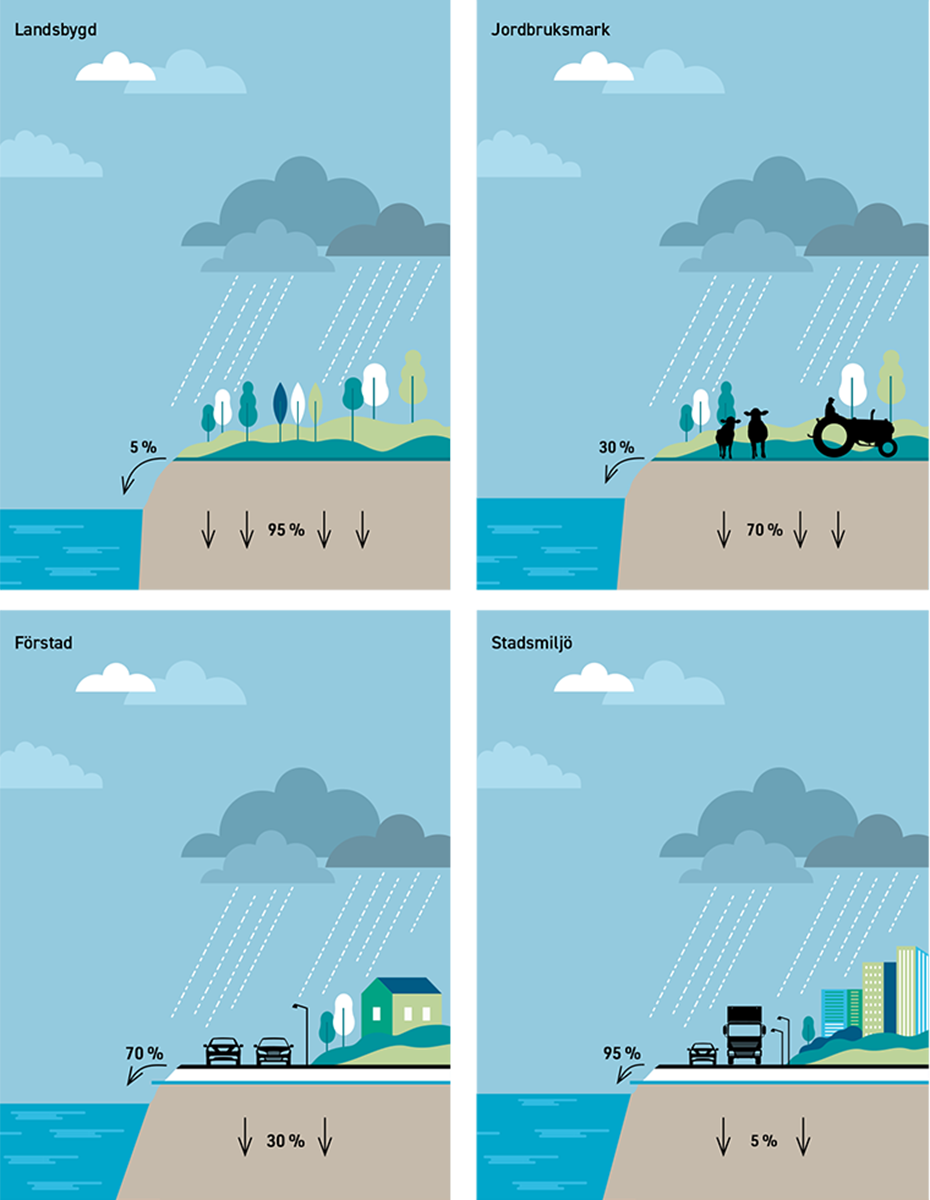
How do permeable paving stones work?
Permeable paving stones have the same load-bearing capacity as their traditional counterparts. Thanks to their smart design, permeable paving stones can be laid to give a surface that infiltrates rainwater through the stones and down into the structure. Here, water is detained and cleaned naturally before it then passes into the stormwater system or forms new groundwater.
Additionally, the water balance between air and ground is maintained at a natural level. This means that, unlike dark impermeable asphalt surfaces, permeable stone paving does not contribute to the heat-island effect.
However, permeable paving stones alone are not enough. The entire structure must be adapted to cope with large flows of water. Further information is available in Stormwater detention using permeable stone paving, a manual published by Svensk Markbetong.
Advantages of permeable paving stones
Construction methods that use permeable paving stones have many advantages. Above all else, they benefit the environment massively thanks to the stone-superstructure design. This detains and cleans rainwater before it passes into the stormwater system or forms new groundwater.
Using permeable paving stones, it is also possible to create completely flat surfaces without drains and, in many cases, without drainage pipes or surface channels. Construction costs are thus very low. Furthermore, flat surfaces with no gradients are a good solution to meet stacking needs at, for example, ports and warehouses.
- Detain and tame peak flows
- Relieve stormwater systems
- Reduce damage to communities
- Eliminate standing surface water
- Contribute to groundwater formation
- Clean stormwater and groundwater
- Relieve water treatment plants
- Have same load-bearing capacity as traditional constructions
- Complement stormwater systems
Our programme of permeable paving stones features Bender Gräsarmeringssten Drain (a paving stone that uses an open-cell solution), Bender Siena Drain, Bender Bas Drain, Bender Delta Drain and Bender Gräsarmeringsplatta Drain (a paving slab that uses an open-cell solution).Several new items are also to be added to our Drain range.
Further information can be found in our Permeable paving stones (PDF document, 2,8 MB) brochure.















